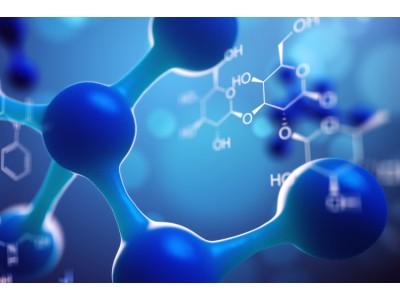| Bioactivity | SEW2871 is an orally active, potent, highly selective S1P1 (sphingosine-1-phosphate type 1 receptor) agonist, with an EC50 of 13.8 nM. SEW2871 activates ERK, Akt, and Rac signaling pathways and induces S1P1 internalization and recycling. SEW2871 reduces lymphocyte numbers in blood. SEW2871 can be used for the research of diabetes, Alzheimer’s disease, liver fibrosis, and inflammatory responses[1][2]. | |||||||||
| Invitro | SEW2871 exerts a powerful migratory effect by increasing smooth muscle α-actin, procollagen αI and αIII, and total hydroxyproline contents in LX-2 cells (a human hepatic stellate cell line)[2]. | |||||||||
| In Vivo | SEW2871 (20 mg/kg, Gavage, once daily for 2 weeks) ameliorates established experimental colitis in IL-10–/– mice[3].SEW2871 (0.5 mg/kg, IP, daily for 2 weeks) inhibited β amyloid (Aβ1-42)-induced spatial memory impairment and hippocampal neuronal loss in a rat model of Alzheimer’s disease[2].SEW2871 (0-0.3 mg/kg, IV) attenuates LPS-induced acute inflammatory lung injury, produces dose-dependent alveolar and vascular barrier protection in C57Bl/6 mice[2].SEW2871 is effective in protecting kidneys against ischaemia-reperfusion injury by reducing CD4+ T cell infiltration in mice[3]. Animal Model: | |||||||||
| Name | SEW2871 | |||||||||
| CAS | 256414-75-2 | |||||||||
| Formula | C20H10F6N2OS | |||||||||
| Molar Mass | 440.36 | |||||||||
| Appearance | Solid | |||||||||
| Transport | Room temperature in continental US; may vary elsewhere. | |||||||||
| Storage |
|
|||||||||
| Reference | [1]. Park SJ, et al. Sphingosine 1-Phosphate Receptor Modulators and Drug Discovery. Biomol Ther (Seoul). 2017 Jan 1;25(1):80-90. [2]. Jo E, et al. S1P1-selective in vivo-active agonists from high-throughput screening: off-the-shelf chemical probes of receptor interactions, signaling, and fate. Chem Biol. 2005 Jun;12(6):703-15. [3]. Dong J, et al. Oral treatment with SEW2871, a sphingosine-1-phosphate type 1 receptor agonist, ameliorates experimental colitis in interleukin-10 gene deficient mice. Clin Exp Immunol. 2014 Jul;177(1):94-101. |

SEW2871
CAS: 256414-75-2 F: C20H10F6N2OS W: 440.36
SEW2871 is an orally active, potent, highly selective S1P1 (sphingosine-1-phosphate type 1 receptor) agonist, with an EC
Sales Email:peptidedb@qq.com
This product is for research use only, not for human use. We do not sell to patients.